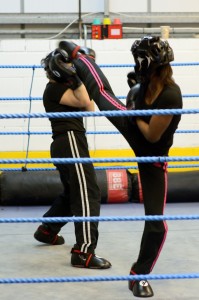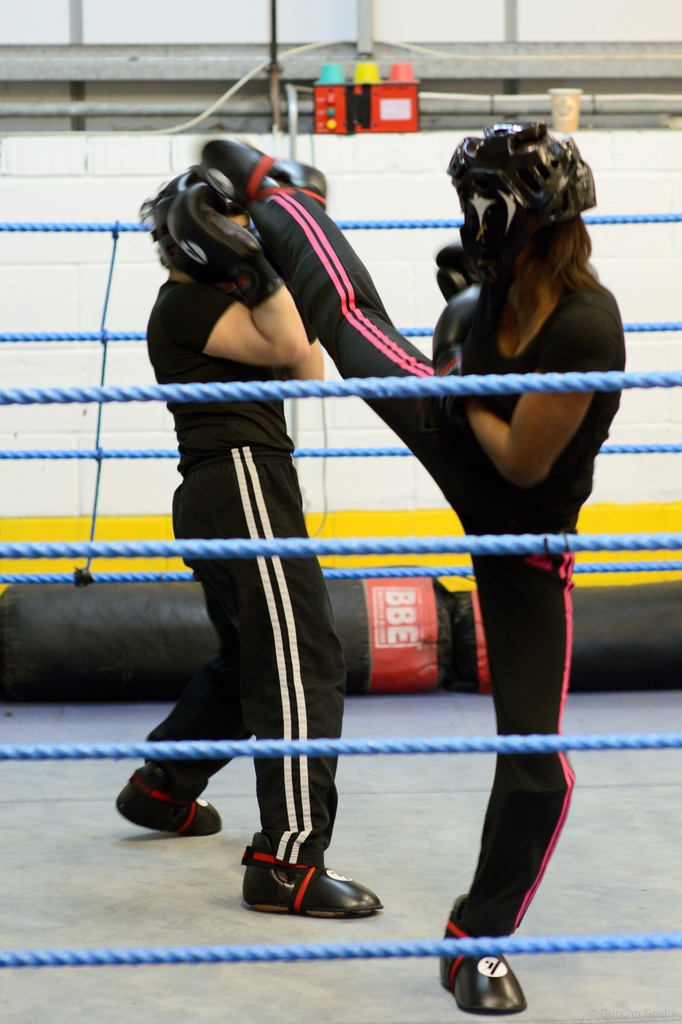
For many of us training martial arts is a way of life; some martial artists train just a few times per week or less while others follow a (nearly) daily routine. While techniques and general skills can be maintained with relatively little effort and commitment the fitness and endurance required to fighting full contact imposes a strict training regime.
When I trained kickboxing in Italy between 1981 and 1994 I was training with several national, European and world class fighters; at that time it was possible to be included in those circles and win their titles while training 3 times per week for a couple of hours, perhaps adding a Saturday afternoon sparring sessions during the last few weeks before a fight.
Fast forward 3 decades and most martial arts clubs I know of are training 4-6 days per week and expect most of their athletes to be training 3-4 of these day, on average. These minimum requirements for amateurs, perhaps keen amateurs but nothing more than that.
Moving into professional fighting is true paradigm shift, big time so. Going pro means making a living out of your passion which is great; at the same time the stakes become bigger, much bigger and the level of preparation, in terms of physical fitness, technique, endurance and several other aspects of your practice must grow. An average week for a professional fighter sees a 5-6 days of different training sessions usually split in two daily workouts of 2-3 hours each. Cardio workout like running are alternated to specific activities that focus on one particular aspect of your training such as speed, strength, power, endurance, defence, ring (or cage) strategies and so on. Training is no longer managed by a single coach or instructor but usually by a team of different specialists each of them concentrating on one of the above aspects. Nutrition becomes also a very important aspect of the professional fighter: eating varied, lean and healthy which is a sufficient suggestion for any good amateur, is no longer enough. Very specific and personalised diets must be followed to ensure the optimum intake of carbs, proteins, amino acids, and vitamins, ensuring maximum energy and fast recovery from each workout while maintaining the best possible weight.
This is true for fighting sports as much as it is for other professional sports like Tennis; I saw an interview with John McEnroe discussing the latest victory of Andy Murray at the Wimbledon 2013. McEnroe was stating how in the 70ies and 80ies his generation of players were obviously good players, people which played better than others, more than others and went on to win great matches. The reality of a modern world level player is a complete marketing and sports machine working with several full time experts in strength, fitness, tennis, nutrition as well as mind coaches and sports psychologists.
So if you are considering a career as a professional fighter where you dream a life of training and going for fights think again; it’s way more than just a job.

